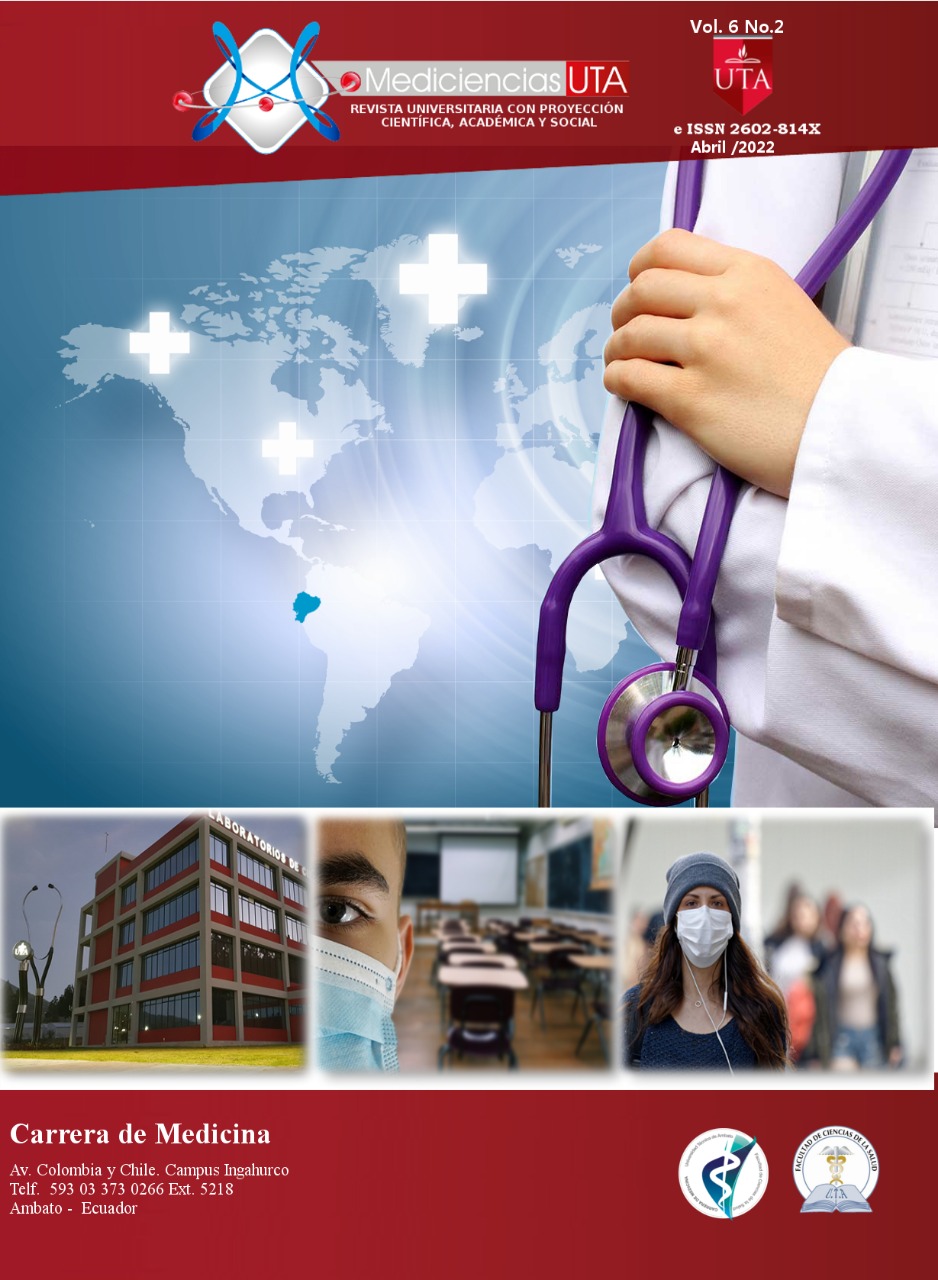Factors Associated with Mental Load in Teachers of Ecuadorian Educational Institutions
Main Article Content
Abstract
Introduction: Certain economic sectors in a pandemic established the decrease in the physical workload of workers, related to their manual tasks; These, in turn, were replaced by the permanent increase in activities linked to cognitive and psychosocial functions that correspond closely to mental workload, which is one of the most influential factors for occupational risk and acquires great interest, essentially because of new forms of work organization; as well as technological and computer advances, which demand greater cognitive and intellectual efforts. The mental load generates tensions in the worker, caused by different variables concerning the labor requirements; given the relationship that occurs between these and the mental capacities or own resources of the person to face them, together with the cognitive processes and affective aspects of the individual.
Effects on health have been described and certain components of mental risk are expressed as depressive symptoms and stress, related to other specific elements of professions such as: exhaustion, physical exhaustion and generalized fatigue, muscle injuries, sleep disturbance and exposure to situations and violent behavior in the workplace. The World Health Organization (WHO) has recognized that the well-being of workers is not only conditioned by hazards in the workplace, but also by social and individual factors. The consequences that arise as a result of the attempts to overcome the precarious conditions faced by the worker, lead to a negative connotation of the physical, psychic and physiological loads, which in the future manifest themselves in excessive mental loads that are difficult to manage, which generates a decrease in productivity. In Ecuador, public policies have not yet considered mental health as part of public health; hence, the need to start its discussion, analysis and proposal.
Objective: The main purpose of the study is to determine the factors associated with the mental load of teachers at different educational levels: basic, intermediate, higher university and higher technical, in accordance with current Ecuadorian regulations.
Materials and Methods: A methodology with a quantitative approach was applied. The CarMen-Q questionnaire was applied, which evaluates four dimensions of mental workload: cognitive dimension, time, performance requirements and emotional aspects. It consists of 29 items, with a Likert Scale response format. The instrument was applied online to 111 teachers from Ecuador of educational levels: basic, intermediate, higher university and higher technical. To analyze the results, multivariate statistical techniques such as Principal Component Analysis and descriptive statistics were used to analyze sociodemographic data.
Results: The results suggest that the factors associated with mental workload are related to information management, the emotional dimension, workload and performance pressure, to which the teachers of the educational institutions investigated must respond in this case.
Conclusions: Teachers face difficulties in responding to the demands of the tasks. These are directly related to the cognitive, performance and temporal dimensions, without neglecting those linked to human subjectivity as corresponds to emotions, feelings and experiences, even more so when the exercise of teaching involves direct interaction between human beings. humans.
Downloads
Article Details

This work is licensed under a Creative Commons Attribution-NonCommercial-ShareAlike 4.0 International License.



